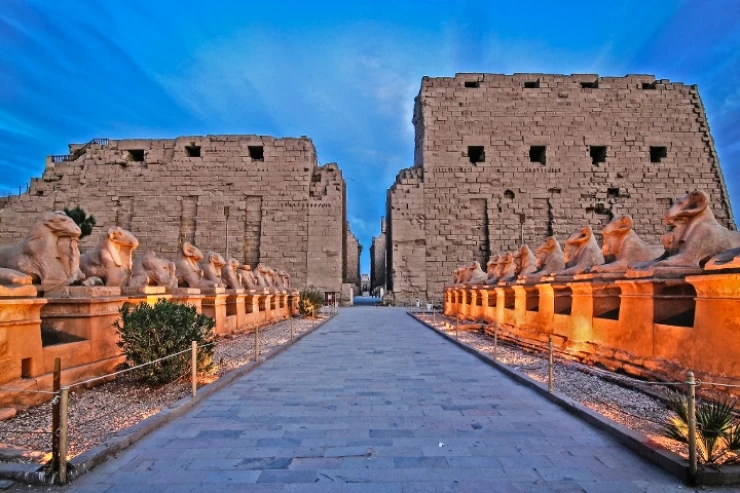
The Twenty-Fourth Dynasty in Ancient Egypt
Facts About The Twenty-Fourth Dynasty
Often categorized as the fourth Dynasty of the Ancient Egyptian Third Intermediate Period, the Twenty-fourth Dynasty of Egypt (also written Dynasty XXIV, 24th Dynasty, or Dynasty 24).
Chieftain Tefnakhte originated the 24th dynasty (c. 736–c. 723 bce; see The 24th and 25th dynasties in ancient Egypt). He was a chieftain of Sais in the northwest Nile River delta. Piye (formerly known as Piankhi), a Kushite (Nubian) king who invaded Egypt, subjected him to vassalage.
Tefnakhte, a Libyan prince, moved southward from his base in the northwest delta in an attempt to subjugate Upper Egypt. He made allies along the road and made it to the town of Hermopolis in Middle Egypt. The Kushite, Upper Egypt's guardians, were prompted to action by this. They destroyed Tefnakhte's river fleet in a fast succession of attacks, forcing him to retreat to Memphis, which is close to modern-day Cairo, where a recalcitrant siege took hold. Piye took Memphis and continued his push into the delta, while Tefnakhte headed north in search of reinforcements. Tefnakhte swore a loyalty oath as a vassal and submitted, albeit virtually.
Tefnakhte swiftly broke his promise and crowned himself king of Egypt after Piye returned to Kush. According to some scholars, the king "So" who plotted with Hosea, the king of Israel, was Tefnakhte; "So" most likely referred to Sais, the monarch's city. If the timing of this event is correct, it will occur before Piye's intervention in Lower Egypt. An further interpretation of "So" could be Osorkon IV, the final emperor of the 22nd dynasty.















